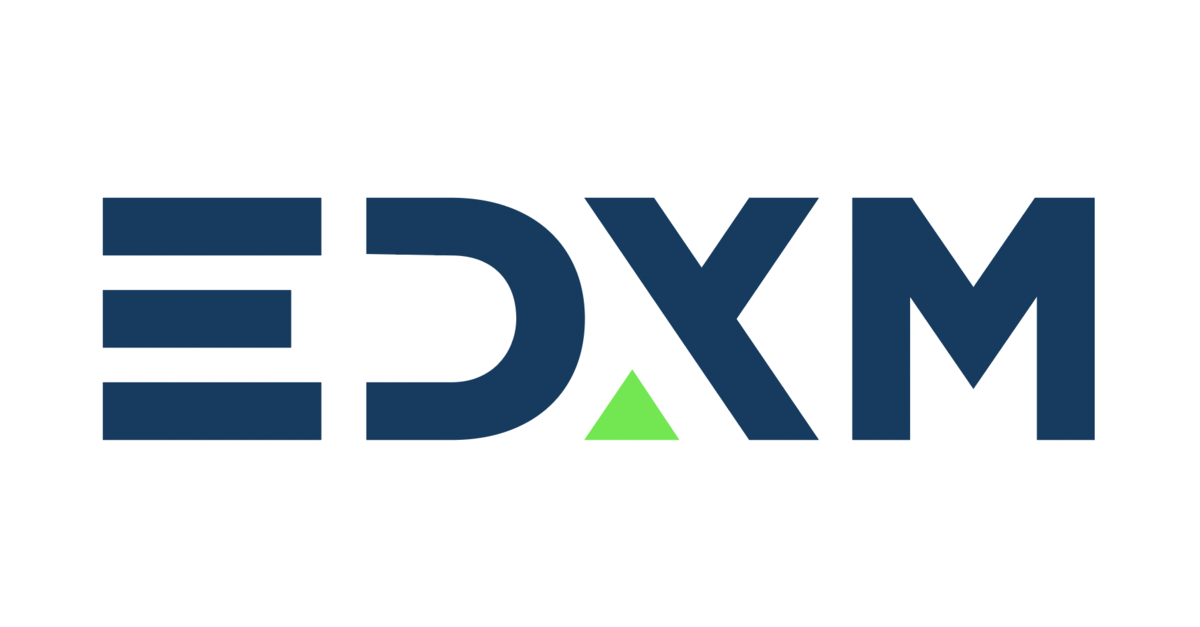Vitalik: On the two-way bridging of eth1 and eth2
And if we want the eth1 chain to know the state of eth2 (that is, to implement bidirectional bridging of the two chains , which is a prerequisite for allowing ETH to be transferred from the eth2 chain back to the eth1 chain), there are two ways to do this:
- One is a light client that makes a PoW link subject to a PoS chain ;
- The other is to make the PoS final state also finalize the PoW chain .
The first method requires the eth2 client to be implemented in eth1 (see the figure below) . This will require a webassembly or native support for BLS-12-381 verification, and don't expect this support to be implemented very quickly. In addition, this approach only provides security at the light client level .

- Which block is the first benefit to the blockchain?
- What are the points worth noting in the Jianan Zhizhi prospectus?
- Why is the blockchain that has been blushing overnight a representative of "an important breakthrough" and "a new round of information technology"?

One possible solution is to simply create an eth2_data voting mechanism in eth1; essentially, it is the same mechanism that makes eth2 aware of the eth1 state. It can be combined with the above scheme to ensure consistency: eth1 miners will only vote for the eth2_data block, provided that only those blocks satisfy (i) have been confirmed, and (ii) the referenced eth1_data block is the miner The ancestors of the packaged eth1 block .
Challenge
- There is a week of voting time when running eth2 votes on eth1 to allow time for manual intervention in the event of a problem;
- For the same reason, when eth1 knows the block that has been finalized in eth2 through the light client, the extraction of ETH will also have a delay of one week;
- This bridge is only turned on when the number of ETHs collateralized is sufficient (eg, greater than 5 million);
- Set the voting threshold to be higher than 50% (for example, 80%); and make the system more inclined to not include any eth2 blocks (unless these blocks have a strong consensus).
Original link:
Https://ethresear.ch/t/two-way-bridges-between-eth1-and-eth2/6286
Reference link:
We will continue to update Blocking; if you have any questions or suggestions, please contact us!
Was this article helpful?
93 out of 132 found this helpful
Related articles
- You know the blockchain, now it’s time to understand the DCEP central bank digital currency.
- MakerDAO CEO: DeFi market still has these shortcomings
- Why is the promulgation of the cryptography method a tool to promote the blockchain?
- QKL123 market analysis | risk aversion has eased; Britain's Brexit twists and turns (1029)
- Hide the big plan to revive the sterling pound and uncover the mystery of the Bank of England’s digital currency plan
- Science | What is the blockchain?
- Xiao Ge’s whimsy only used bitcoin to travel to Europe. In the first 40 hours, he didn’t like it…





